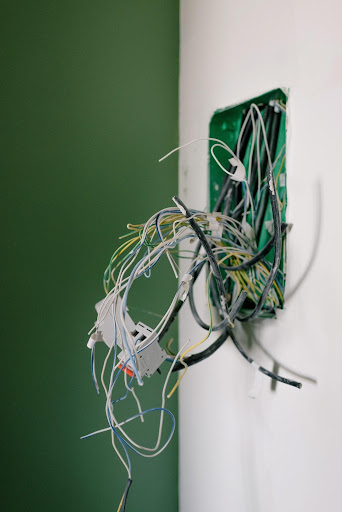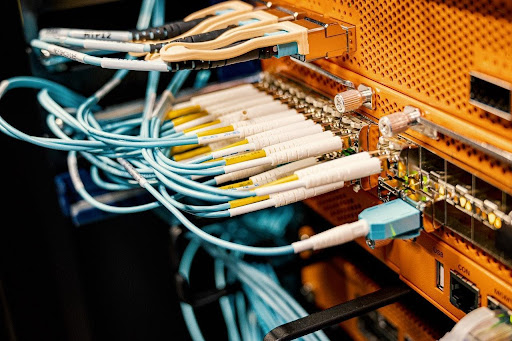Wire harnesses are a crucial component of electrical design. Wire harnesses are the answer whether you’re working on your home wiring or undertaking an automobile project.
Wire harnesses refer to sets of conducting wires which are combined in a particular fashion. They are designed to transmit the required power. Most of the time, one needs a custom wire harness for the specific requirements of their project. This makes it necessary to select the correct wire gauge. At scondar.com, you will get most of your wire harness requirements settled.
What is a wire gauge?
The gauge of a wire in a wire harness refers to its thickness or cross-sectional diameter. This comes from the ‘American Wire Gauge (AWG),‘ one of the most widely used standard systems for specifying the thickness of the electrical wire. AWG system works with round and single-strand conductive electric wires.
The larger the number on the AWG scale, the smaller the wire size. Similarly, smaller numbers denote larger wire size. 0000 AWG (0.46 inches diameter) is the largest size, with the smallest being 40 AWG (0.0031 inches diameter).
Tips for choosing the correct wire gauge.
The AWG of a wire tells us about the wire thickness and helps with information like the wire resistance, maximum current load, etc. Based on this, here are some tips which will help you select the required wire gauge.
-
Considering project type
First up, see which project you are working on. The type of project at hand gives an idea about the kind of wire gauge you’ll be needing. It can be residential wiring, automobiles, computers, appliances, etc.
For instance, 14-12 gauge wires are commonly used in a residential setting. They can be used with lighting, switches, other smaller appliances, etc. At the same time, 6 gauge wires would be suitable for larger appliances like ovens, home air conditioning, etc.
-
Space requirements
Consider how much space your wire harness might need. The bigger space will require wires with a larger current capacity, while a small space will have lesser requirements. One should be very careful with the kind of wire gauge for smaller space.
Thin wires are cheaper and lightweight. Yet, extremely thin wires might melt because of higher current flow than they can handle. Their high resistance will lead to excessive heating, making it dangerous to use.

-
Knowing the amperage requirement of the circuit
Wire gauges are selected based on the amperage requirement of the circuit you’re working on. The more the requirement of current, the larger the diameter of the wire needs to be. The amperage is calculated based on total current inflow and outflow, resistance, voltage drop, length, etc. The National Electrical Code (NEC) has established a wire size chart which can be taken as a rule of thumb.
Despite this, the individual requirements might differ with specific circuit details. To calculate the current requirement of the circuit, divide the total wattage of the system by the voltage of the circuit.
-
Resistance
A very general mistake that common people make is to consider that wire gauges don’t affect the circuit loop. Depending on the length and AWG gauge of the wire, its resistance can be easily calculated. Though having larger wires in place of smaller ones does not harm, it adds to the weight of the circuit. Using smaller wires instead of bigger ones can be a significant safety concern. Their high resistance can quickly melt them inside the wire harness assemblies.
-
Counteracting the voltage drop
Ideally, a voltage drop should be less than 2%. High resistance leads to more voltage drop in the circuit. Longer wires lead to an increase in resistance, thereby increasing the voltage drop. To neutralize the increase in voltage drop, wires with larger diameters should be preferred. This will restore the voltage to its average value.
To calculate your voltage drop, multiply your current in Amperes with the circuit resistance in ohm.
-
Wire material
Wires come in metals like copper, aluminium, silver, etc. Copper sees the widest usage because of its higher ampacity, that is, its current carrying capacity. Copper wires with larger diameters can be pretty expensive, as they contain more metal.
Aluminium wires are also used popularly because of their lightweight and malleability properties. Though they can be cheap, they have a lower current carrying capacity. This would mean that a larger aluminium wire must be required for a given capacity compared to the copper wire.

-
Wire insulation
Though the gauge of the wire is measured without the wire insulation, wire insulation proves crucial while choosing your ideal wire gauge. Apart from the insulation benefits like colour distinction and labels, wire insulation reduces resistance, and it’s a vital safety precaution.
For a project which is sure to witness vibration, like a heavy-duty vehicle, it is a must to dampen vibrations. Insulation minimizes the wear and tear of wire assembly. Rubber and polyurethane insulation can be preferred in such cases.
Conclusion
Choosing the correct wire gauge which goes along with the requirements of your circuit can be challenging. Before settling for a type, consider all the aspects concerning current, resistance, voltage, etc. Each wire harness works in a different electrical setting. Take professional aid before finalizing your circuit plans.

